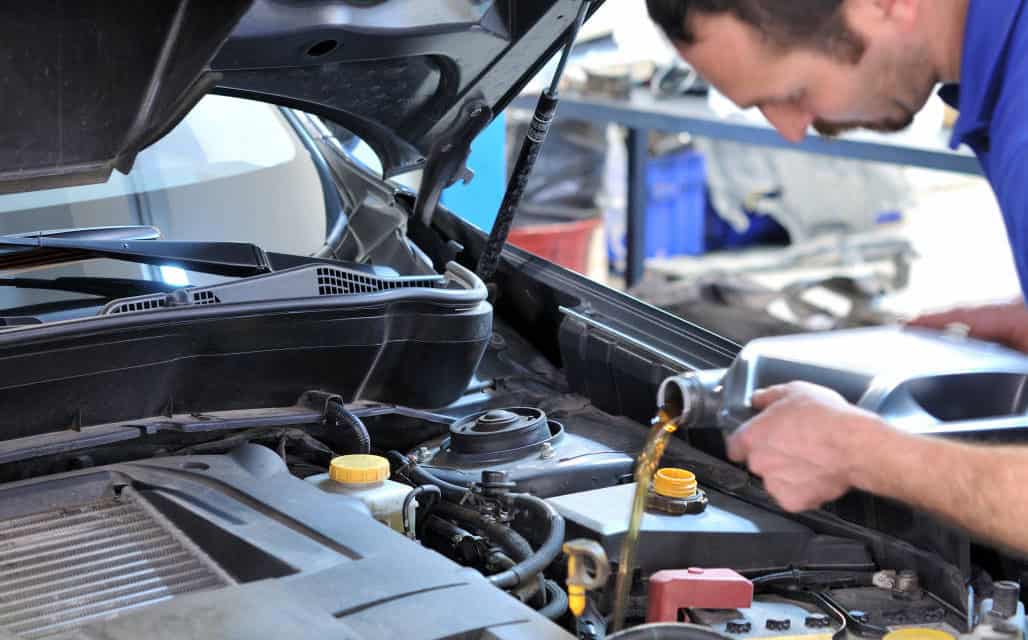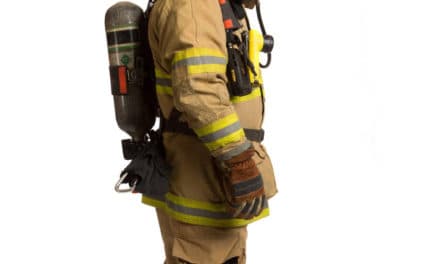Courtesy of Paul’s Automotive
Why shouldn’t you just go to the store and buy the cheapest engine oil on the shelf? To understand the answer you need to understand how engine oil works.
One of the biggest misnomers is that the “w” (5“w”30) means weight. It does not. It is referring to the flow or specific viscosity of the engine oil during cold/winter temperatures (how quickly the oil will reach engine components to lubricate them). If it does not have a “w” it was not tested nor designed for cold starts.
Each vehicle manufacture designs their engine (per vehicle style) to work with specific viscosity numbers. Viscosity is the state of being thick, sticky, and semifluid in consistency, due to internal friction. When measuring viscosity you are measuring the speed at which the oil travels; thus the thicker (higher viscosity) of an oil, the slower it will flow. The number before the “w” is the flow measurement during colder weather (the lower the number the thinner the fluid) and the number after the “w” is the flow rating designed for warm (210 degree) engines.
For example, 5w30; 10w30; or SAE 30 (30w30) engine oils are the same at operating temperature. The only time 5w30 oil is thinner than 10W30 or SAE 30 (30w30) is at cold start-up conditions where you need it to be “thin.”
NOTE: Too thin for your vehicle is no better than too thick.
If your vehicle takes 5w20 engine oil, but instead you install 20w50 engine oil, the engine will run dry for too long on startup and the engine oil will still be too thick at operating temperature. This will not allow for proper lubrication thus wearing the engine out, often long before its time. If your engine requires 10w30 and you install 5w20 the engine oil will also be too thin; break down quickly (may cause vehicle to smoke), and damage the engine – you will likely notice that you are using a lot of engine oil between services.
The additives that allow the oil to change grades from cold start to warm engine breaks down in a relatively short period of time. When this occurs, the engine oil no longer resists thinning at 210 degrees. Your 10w30 engine oil may become SAE 10 (10w10).
That great deal on 5w20 at the store may not be a great deal for you or your car.












